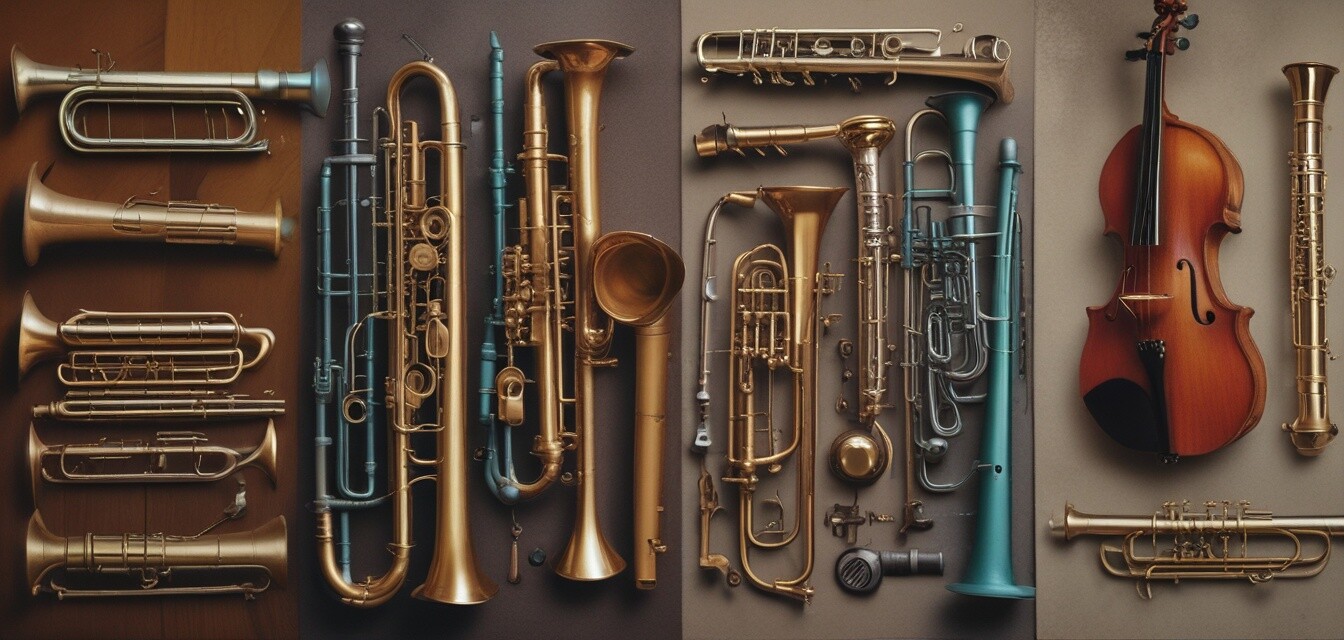
The Best Entry-Level Instruments for Young Musicians
Key Takeaways
- Choose instruments with good playability for beginners.
- Consider the durability and quality of materials.
- Look for affordable options that do not compromise on sound.
- Understand the characteristics of different instrument types.
- Seek advice and knowledge on maintenance for longevity.
Choosing the right instrument for young musicians can be a daunting task. With various options available, it is essential to explore the best entry-level instruments that provide a solid foundation for budding artists. This guide will help you navigate the choices available, ensuring you select a quality instrument that promotes learning and enjoyment.
What to Look for in Entry-Level Instruments
Finding an entry-level instrument entails considering several factors. Here are the most critical aspects to guide your purchase:
- Playability: How easy is it for a child to hold and play the instrument?
- Durability: Will the instrument withstand the wear and tear from a young musician?
- Sound Quality: Does it produce a pleasant tone that encourages practice?
- Price Range: What is the budget, and does it fit within the family’s finances?
- Maintenance: Are there tips and resources to help care for the instrument?
Types of Entry-Level Instruments
Let's explore the various types of band instruments suitable for young beginners.
| Instrument Type | Best For | Notable Features |
|---|---|---|
| Brass Instruments | Young musicians looking for warm tones | Durable, rich sound, requires breath control |
| Woodwind Instruments | Beginners wanting a smooth, gentle sound | Variety of tones, typically lightweight |
| String Instruments | Musicians interested in versatility | Unique sound, offers both bowing and plucking options |
| Percussion Instruments | Energetic beginners | Encourages rhythm skills, variety of instruments |
| Keyboard Instruments | Those who enjoy melody and harmony | Wide range of music types, excellent for all skill levels |
Best Entry-Level Brass Instruments
Brass instruments are popular choices for their rich sounds. Here are some tips to consider:
Pros
- Rich and full tones that captivate audiences
- Sturdy construction, ideal for younger players
- Encourages breath control and lung capacity development
Cons
- Requires significant effort and practice to master
- Can be heavier for smaller children
Best Entry-Level Woodwind Instruments
Woodwind instruments offer a smooth sound that is perfect for beginners. Here are the features to look for:
Pros
- Lightweight and easy to handle
- Variety of options available
- Helps develop finger dexterity
Cons
- Reed maintenance required for certain types
- May produce inconsistent sound quality if not cared for
Best Entry-Level String Instruments
String instruments can be extremely versatile. Key considerations include:
Pros
- Wide range of musical styles available
- Promotes creativity through different playing techniques
Cons
- Learning curve can be steep for proper technique
- Frequent tuning necessary for best sound
Best Entry-Level Percussion Instruments
Percussion instruments offer a hands-on experience and encourage rhythmic skills. Here’s what you need to know:
Pros
- Encourages physical engagement and movement
- Offers a wide variety of instruments
Cons
- May produce loud noise that can be disruptive
- Limited melodic capability compared to other instruments
Best Entry-Level Keyboard Instruments
Keyboards are highly versatile and approachable for young musicians. Consider the following advantages:
Pros
- Wide range of sounds and styles
- Excellent for both solo and group performances
Cons
- May require a power source for some models
- Noise levels can vary based on the settings
Conclusion
Choosing the best entry-level instrument for young musicians is about finding a balance between quality, playability, and the unique desires of the child. Consider the list of options above and the essential factors outlined to guide you in making an informed decision. With the right instrument, your young musician will embark on a rewarding journey of musical exploration.
For more insights and guidance, visit our Buying Guides section to explore more resources that will help in selecting the perfect instrument. Whether you are interested in Brass Instruments, Woodwind Instruments, or Percussion Instruments, we have you covered!